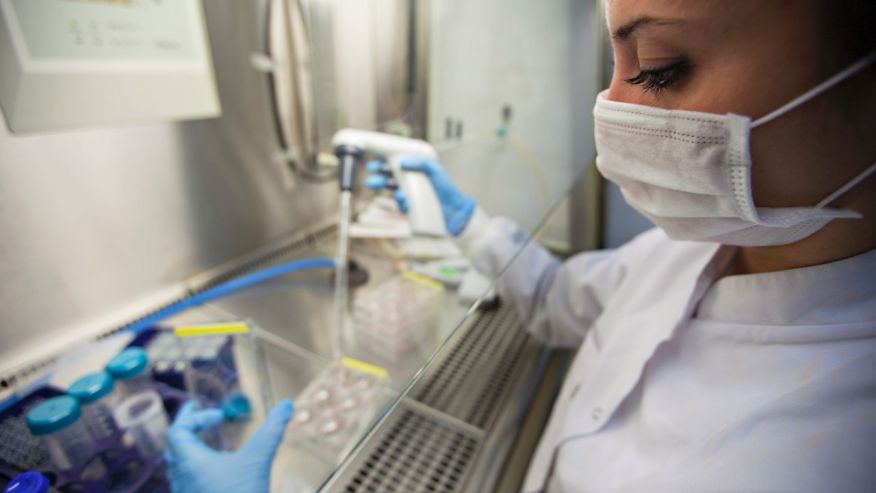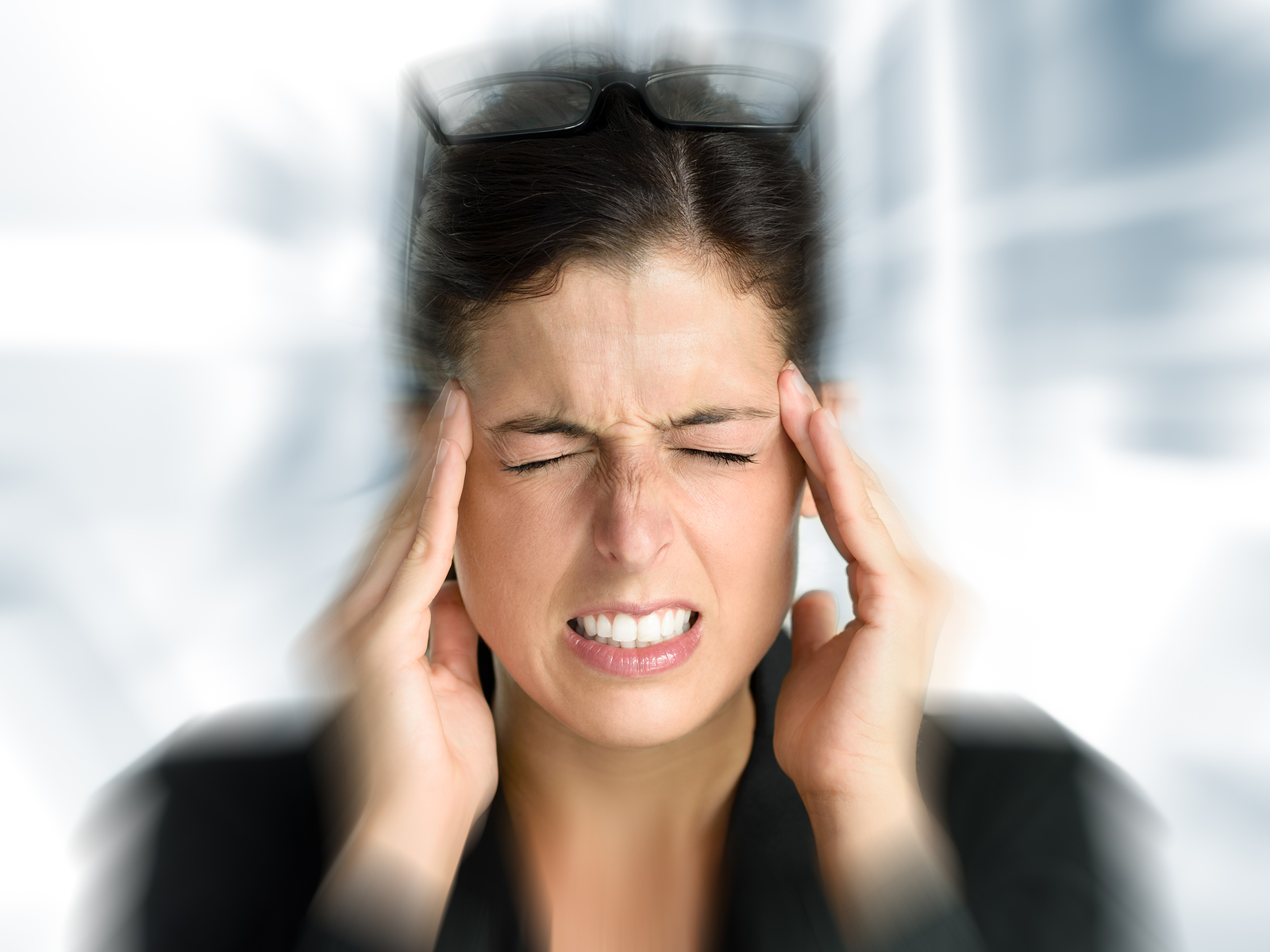
Taking over-the-counter medications for the aches, pains and fever caused by flu may make people feel somewhat better, but it also could make them more contagious — resulting in increased cases and more deaths among the population, a study suggests.
Researchers at McMaster University say medicines like ibuprofen and acetaminophen can ease some flu symptoms, including bringing down fever.
“People often take — or give their kids — fever-reducing drugs so they can go to work or school,” said David Earn, a professor of mathematics who led the study.
“They may think the risk of infecting others is lower because the fever is lower,” said Earn. “In fact, the opposite may be true: the ill people may give off more virus because fever has been reduced.”
That’s because fever has been shown in a number of studies to lower the amount of some viruses in the body. Suppressing that uptick in temperature — one way the immune system fights infection — appears to leave a person with a greater amount of virus to shed, making them more infectious to others.
“We’ve discovered that this increase has significant effects when we scale up to the level of the whole population,” said Earn, who specializes in mathematical projections of infectious disease transmission.
“I think it’s really something that people should consider,” he said Tuesday from Hamilton. “And all they need to do is remember that they could be more infectious if they take this medication and so should be cautious.”
Using complex mathematical modelling, Earn and his co-authors estimated that fever-reducing medicines could raise the number of flu cases by five per cent, a figure that would account for tens of thousands of cases and an estimated extra 1,000 deaths across North America each year.
In other words, an estimated 1,000 of the roughly 40,000 annual flu deaths might not have occurred, the study suggests.
But the researchers, whose report is published in the journal Proceedings of the Royal Society B: Biological Sciences, say that doesn’t mean people should stop taking medicines to get relief from flu symptoms.
“That’s not what we’re saying,” stressed Earn. “Our paper isn’t about whether or not you should take medication to reduce your fever. That’s something that ideally you should decide in consultation with a physician — for you, individually, whether it’s good or bad for your health.
“The point that we’re making is that if you take the medication, then there’s an effect on others that people don’t realize. And that’s that you could be more infectious than you were without taking the medication. So you need to be extra cautious about transmitting the infection to others.”
To come up with their estimate, the researchers used data that included experiments on ferrets — considered the best animal model for human influenza — showing increased virus shedding in the absence of fever-reducing drugs, called antipyretics.
They then used the mathematical model to compute how the increase in the amount of virus given off by a single person taking fever-reducing drugs would increase the overall number of cases in a typical year, or in a year when a new strain of influenza caused a pandemic, such as H1N1 did in 2009.
“This research is important because it will help us understand how better to curb the spread of influenza,” said Dr. David Price, chair of family medicine at McMaster.
“As always, Mother Nature knows best,” he said. “Fever is a defence mechanism to protect ourselves and others. Fever-reducing medication should only be taken to take the edge off the discomfort, not to allow people to go out into the community when they should still stay home.”
Dr. Allison McGeer, director of infection control at Toronto’s Mount Sinai Hospital, agreed the study raises important questions that need to be answered.
“I don’t think you can take away from this, though, that antipyretics increase the spread of human influenza or that we can in any way quantitate that,” McGeer said.
“The data, for instance, on increased shedding is in ferrets. And ferrets are not humans. It might well be the same in humans … but it’s not something we know the answer to.”
The study’s conclusions also hinge on the idea that people who take fever-reducing medicines are more likely to interact with others, she said, but that research has not yet been done.
“We know substantially how to prevent seasonal flu — it’s called vaccination,” said McGeer.
“It’s clearly an important question, but I don’t think that should change what we’re telling people to do at the moment: vaccinate, hand-wash and stay home when you’re sick.”
Earn agreed that more research is needed to pin down the magnitude of the fever-reducing effect on flu spread, but he would not be surprised if it is even slightly higher.
He suggests that if parents give children a fever-reducing medicine for flu, they should be discouraged from visiting older people or those with underlying medical conditions, who are more prone to complications if they contract the infection.
“If they feel better, they might go and sit on Granny’s lap,” he said. “There’s no problem if you take the medication if you stay at home. You can’t infect them.”
Source: yahoo news















&cropxunits=635&cropyunits=681&format=jpg&quality=90)


